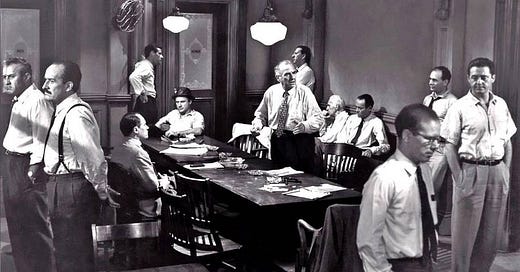Does Cognition Obey Say's Law?
Say’s law is loosely stated as “supply creates its own demand.” Say himself had a slightly different idea, namely, that an increase in the supply of X would lead to an increase in demand for Y (an increase in supply of swimming pools leads to an increase in demand for swimming clothes).
But Say’s law has morphed in our culture to mean that more supply o…
Keep reading with a 7-day free trial
Subscribe to What Is Called Thinking? to keep reading this post and get 7 days of free access to the full post archives.



